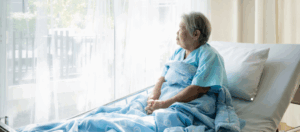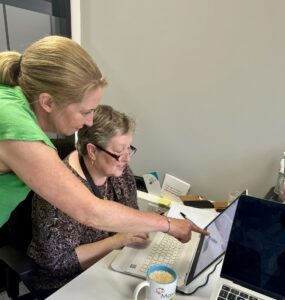As we begin to see that long awaited sunshine and the summer weather starts to kick in, we’re gearing up to shed light on the important topic of skin care, to raise awareness and empower individuals to take proactive steps in protecting their skin health.
With the sun’s rays becoming stronger, it’s crucial to understand the importance of sun protection and how to keep our skin safe from harmful UV radiation. Sunscreen, protective clothing, and seeking shade during peak hours are just a few measures we can take to minimise the risk of sun damage and maintain healthy skin.
However, beyond sun protection, it’s also essential to be aware of other potential threats to skin health, including non-melanoma skin cancer. Understanding the signs, symptoms, and risk factors of skin cancer is key to early detection and effective treatment. Let’s delve deeper into the topic of non-melanoma skin cancer and equip ourselves with the knowledge needed to prioritise our skin health.
Understanding non-melanoma skin cancer
Non-melanoma skin cancer, including basal cell carcinoma and squamous cell carcinoma, is the most common type of skin cancer worldwide. While it’s often less aggressive than melanoma, early detection and treatment are essential for optimal outcomes. Exposure to ultraviolet (UV) radiation from the sun or artificial sources like tanning beds is a primary risk factor for non-melanoma skin cancer.
The importance of skin checks: Regular skin self-examinations are a fundamental aspect of early detection. Perform monthly skin checks to monitor for any changes in moles, spots, or other skin abnormalities. Here’s a simple guide for conducting a thorough skin examination:
- Examine your entire body: Start by inspecting your entire body, including areas that are not routinely exposed to the sun, such as the scalp, soles of the feet, and between the toes.
- Use a mirror: Use a hand mirror to examine hard-to-see areas or ask a partner, family member or a Care Professional to help you check areas like your back and scalp.
- Look for changes: Pay attention to any new moles or growths, changes in the size, shape, or colour of existing moles, and any lesions that itch, bleed, or don’t heal.
Follow the ABCDE rule
Remember the ABCDE’s of melanoma detection: Asymmetry, Border irregularity, Colour variation, Diameter larger than a pencil eraser, and Evolution or change over time. While this rule primarily applies to melanoma, it can also be useful in identifying suspicious features in other skin lesions.
Sun-safe practices: Prevention is key when it comes to reducing the risk of non-melanoma skin cancer. Here are some sun-safe practices to incorporate into your daily routine:
- Apply sunscreen: Use a broad-spectrum sunscreen with an SPF of 30 or higher, and reapply every two hours, especially after swimming or sweating.
- Seek Shade: Limit your time in direct sunlight, especially during peak hours between 10am & 4pm.
- Protective Clothing: Wear long-sleeved shirts, wide-brimmed hats, and sunglasses with UV protection to shield your skin and eyes from UV radiation.
- Avoid tanning beds: Steer clear of artificial tanning devices, which emit harmful UV radiation and increase the risk of skin cancer.
As the sun begins to shine across the UK, let’s commit to prioritising our skin health. Whether you’re enjoying outdoor activities or simply going about your daily routine, remember to protect your skin and encourage others to do the same. Together, we can make a difference in reducing the burden of skin cancer and ensuring a healthier future for all.

















